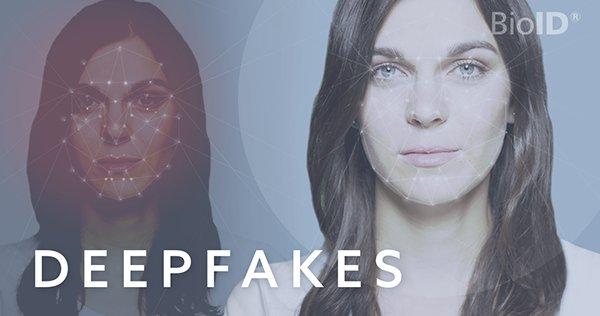What is “deepfake”?
Deepfakes are fake videos, photos and in a few cases even fake audios produced by an artificial intelligence where peoples’ faces, actions or voices are adjusted in a certain way. Often the line between reality and fakeness is therefore blurred leaving plenty of room for any kind of manipulation and fraud. Especially with the intent to deceive and defame their victims, deepfakes are turning into dangerous cyber weapons. Those victims include not only celebrities, or politicians but increasingly also private people.
With technology and software evolving constantly as well, so is the creation of such deepfakes with the extent of their spreading out of reach. Not only the quality of the forged videos or photos is getting better and more real over time but also the ease to create deepfakes with only limited image material available.
This deepfake video for instance was created by one of our employees with a free online tool using only one image. Can you recognize the video as a deepfake video? No? In a later paragraph, we’ll tell you how to do in the future.
Deepfake: meaning and origin
The term “deepfake” resulted from merging the words “Deep Learning” and “Fake” highlighting the usage of machine learning methods to create fakes almost autonomously. Due to their potential constructive content, there has been recent effort for change in the industry and in politics. The goal is to limit the usage of such faking software as well as to punish any kind of unauthorized creation of “face swapping” or “body-puppetry”. Not only the concern for data protection moves regulators to create new laws but also the threat to legal and democratic processes outside of the online world. In fact, the use of such deepfakes can be found in various fields of life: politics, arts and especially pornography, where users try to misrepresent certain people using their faces, voices or bodies on display to achieve criminal acts. Would you have known, that with 96 %, deepfakes are most prevalent in the porn industry?
Celebrity deepfakes and how to create a deepfake in general
The first deepfakes appeared online back in 2017 on the platform Reddit when a user created fakes showing celebrities’ faces on the actors in adult videos. Those deepfakes went viral along with the shared computer code to produce such manipulated videos or images. This led to an explosion of fake content all over social media with celebrities primarily being the initial targets. One of the most famous deepfakes out there is a video called “Synthetizing Obama” where Barack Obama seemingly calls his presidential opponent Donald Trump “a total and complete dipshit”.
Read the full article: Deepfakes in biometrics: can liveness detection prevent fraud? – BioID
BioID GmbH
Bartholomäusstrasse 26D
90489 Nürnberg
Telefon: +49 (911) 9999898-0
https://www.bioid.com
![]()
